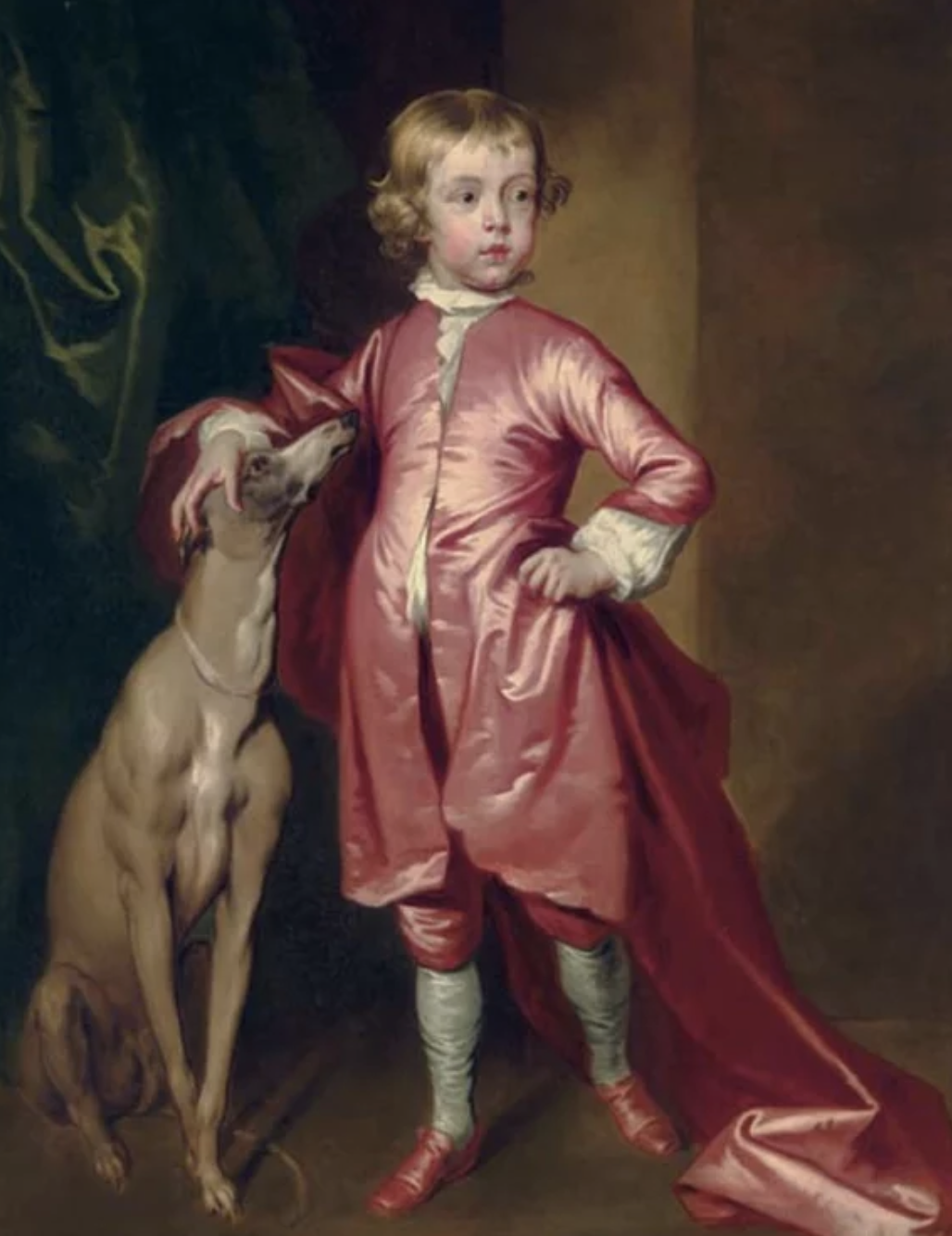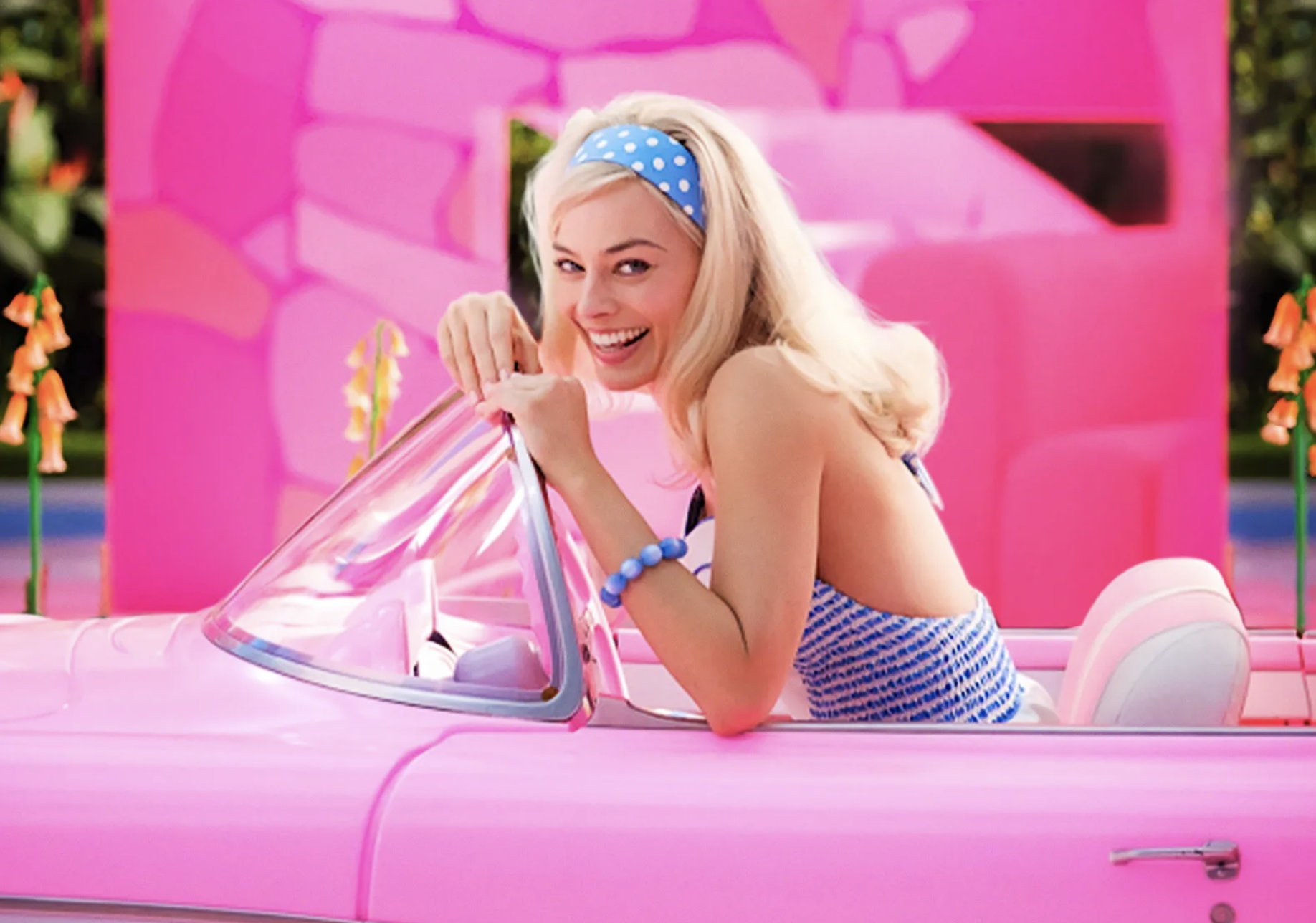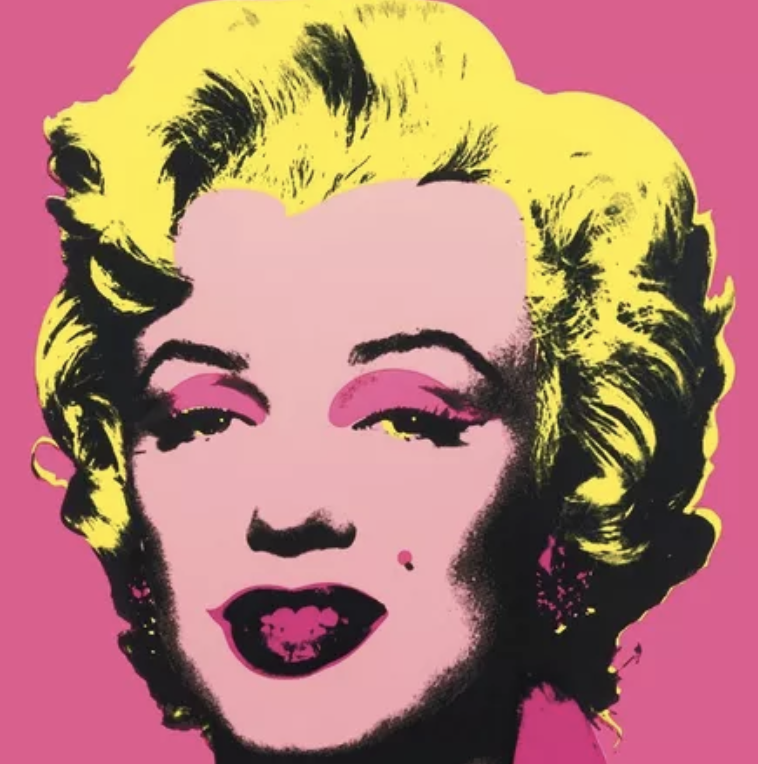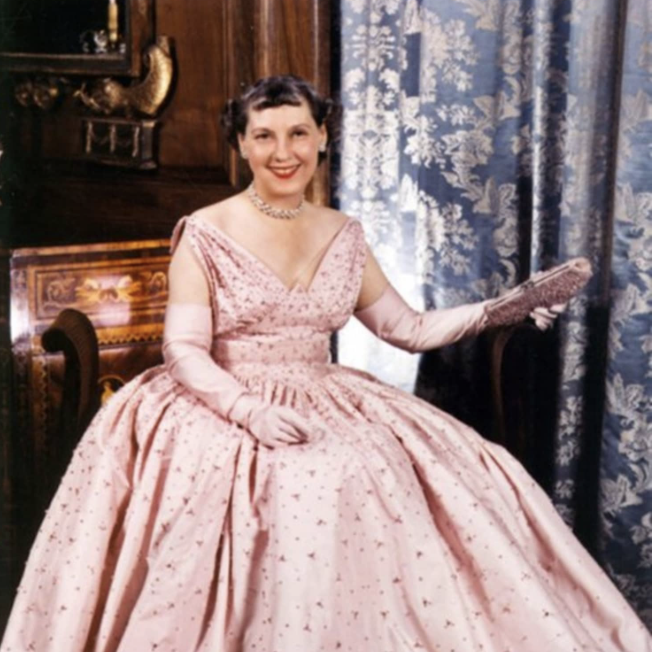Pretty in Pink
Pretty In Pink
Pink has a complicated history. For most of its existence, pink has been a very gendered color, in one way or the other. For most of its history, pink was associated with masculinity, as it shared red’s military associations, while blue was considered feminine because of its association with the Virgin Mary. The aristocratic love of pastels in 18th and 19th century Europe made pink popular among both genders, but still was predominantly masculine.
Industrialization and mass production of garments lead to new shades of pink because dyes could now be cheaply made. In the early 20th Century, pink made its way into French couture, as designers began to utilize the new shades, from magenta, to salmon, to blush. High fashion didn’t girlify pink overnight, however—in 1927, Time Magazine actually ran a poll asking people which gender they associated with the color pink, and 60% of participants still said they associated pink with males.
The feminization of pink solidified after World War II, when the men came home from war and the women left the workforce and returned to the home. Men’s fashion post-War became a lot more basic, being dominated by neutral browns and grays similar to their military uniforms. All sense of color (which was seen as a frivolous thing after facing the horrors of war) was left to the women.
In the 1950s, pink was cemented as a pillar of femininity. Many say that the “turning point for pink” was when First Lady Mamie Eisenhower wore a bright pink gown to her husband’s inauguration in 1953. After that point, many women in the spotlight adapted the color, including Marilyn Monroe and Jackie Kennedy.
Pink continued to steadily gain popularity over the next few decades. Barbie, though first released in 1959, did not start being marketed with her iconic hot pink logo until the 1970s. The bold colors of the 80s lead to the rise of hot pink, which prevailed through the 90s and early-aughts, with films like Legally Blonde portraying pink not just as a color of femininity, but as female empowerment.
Pink has been adapted as a color of strength, being the symbol of the fight against breast cancer, and a prominent color of the Women’s March and modern feminist movement. It is also still a marketing tactic. Anything men can have, women can have it in pink. Pink toolboxes, pink razors, pink kitchen knives. “The Pink Tax” has entered the vernacular as a shorthand way of saying that many women’s products are priced higher than their male counterparts.
Pink has definitely been in the mainstream of art and design over the past decade. With Rose Quartz (aka Millennial Pink) being named Pantone’s color of the year in 2016, and the “Barbiecore” fashion and interior design trends are very prominent on social media.




